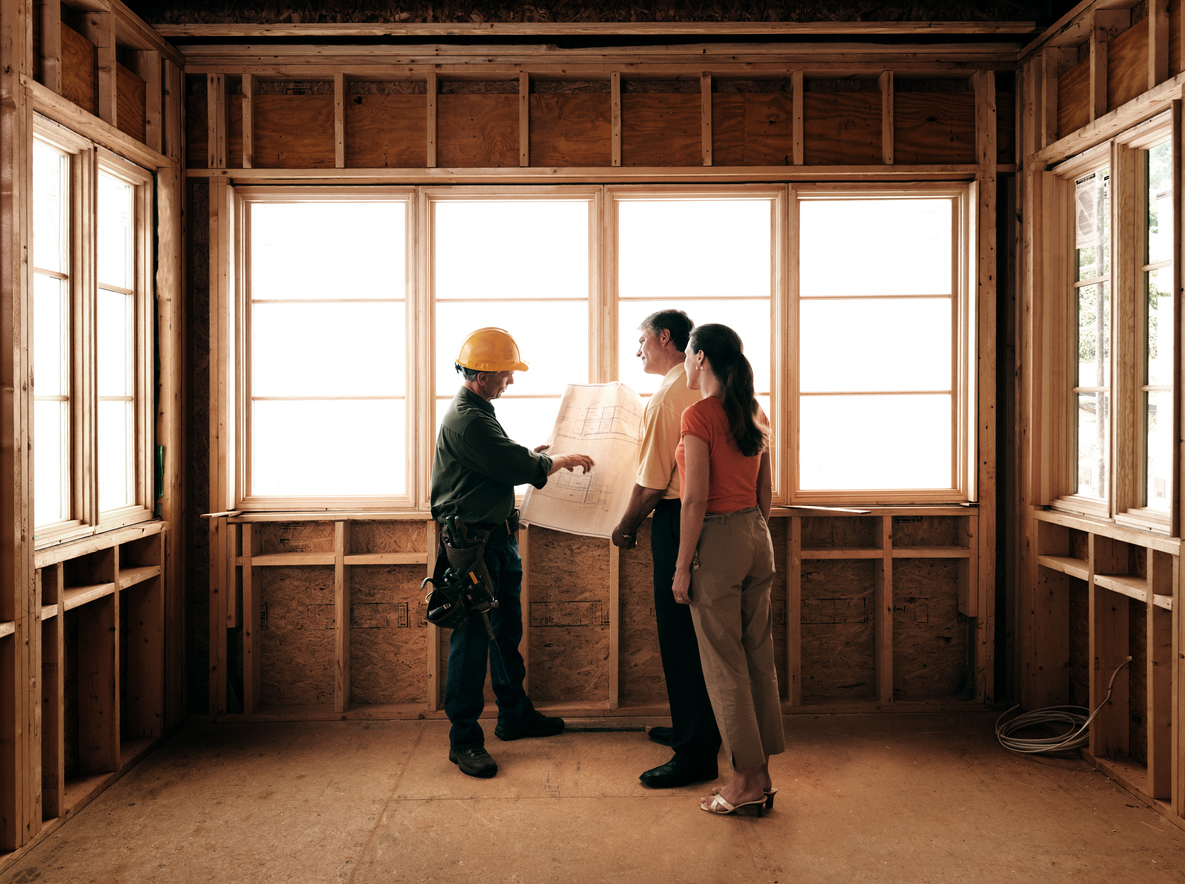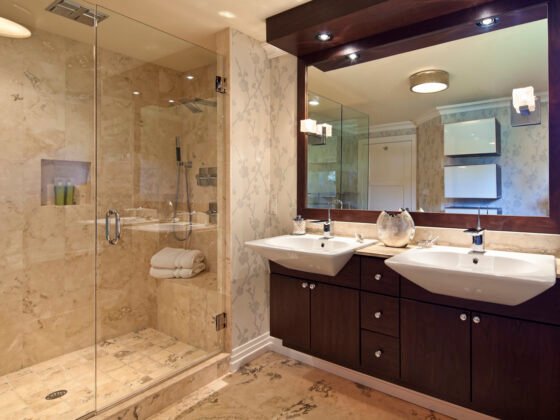The construction involved in a Calgary home addition can be expensive, but it’s usually more cost-effective than moving to a larger property.
Some homeowners even prefer to add a new room to their homes instead of moving.
When it comes to home remodeling, home additions offer homeowners flexibility, increased functionality, improved property value, and the ability to personalize their living spaces.
If you are thinking about adding a new room to your house, the added space will raise the value of your property, and it’s an excellent investment for the future.

Hiring a top-rated company like Boss Design Center is bristling with ideas about how to best help you realize your dream of building a room addition that will not break the bank.
Whether it’s expanding living areas, adding extra rooms, or creating specialized spaces, home additions are an important aspect of home remodeling that can transform a house into a dream home.
Planning Your Home Addition
When planning a home addition, consider how much it would cost per square foot.
Adding a bedroom to your home will cost more than renovating the kitchen because the kitchen will require two HVAC systems while renovating a bedroom will require only one.
Additionally, you need to consider the materials you need for the project. If you’re incorporating a swimming pool, for example, the cost of this will increase. The quality of the materials will also impact the final price.
Home addition prices are based on the basic room size and generally account for only the necessary electrical wiring and plumbing.
Once you add a bathroom or bedroom, the price per square foot increases. Every door, window, and wall will increase the cost per square foot. A luxury kitchen can easily exceed $5,000.
Having an architect plan the addition will be seamless and will increase the value of your home.
Read Also:
When planning a home addition, consider the scope of your project. You can list the details and then use them as a basis for your estimates. It’s best to get several proposals and compare them to find the best fit.
The cheapest option may not be the most cost-effective one. Remember to check all costs and keep in mind that your insurance and tax bills will increase. You can also contact your local tax revenue office to get an idea of your future costs.
You should also consider the size of the addition. If the addition is bigger than your existing home, it will require extensive work. If you’re adding on a bathroom, you’ll need plumbing systems and ventilation.
For the same reason, a kitchen will cost more than a bedroom. Then, you’ll need new windows and siding. The quality of materials used will also affect the project’s overall cost.
Factors That Affect Home Addition Cost
Considering the size and the complexity of your project, a home addition can be costly. If your family is growing, you may need to make a larger addition.
A smaller addition will have the same size as your existing house. A large addition is typically cheaper than a bigger one. A full detached suite can cost anywhere from $10,000 to $ 80,000.
Another common type of home addition is an in-law suite. These are essentially separate units, usually around 600 to 750 square feet, with a kitchenette, bathroom, and small laundry room. In-law suites are often priced between $78,000 and $135,000.
You can also use a home addition calculator to estimate your costs. It will ask for details about the project. Types of materials used, the size of the addition, and your ZIP code and city will all be required.
It will give you an estimate of the typical cost per square foot. Including the foundation and building materials, the calculator will also include the fixed costs and any electrical or plumbing requirements.
A home addition calculator can also connect you with contractors in your area.
The amount of money you spend on home additions will depend on what you’re looking for. Basic additions cost less, while more complex ones can add up to $10,000.
A home addition requires plumbing and other additional features that can increase the cost. In addition, there are other costs you’ll need to consider.
The extra square footage can affect homeowners’ insurance and taxes. Aside from the actual costs of the renovation, the added square footage can affect your insurance, tax bill, and homeowner’s insurance.










